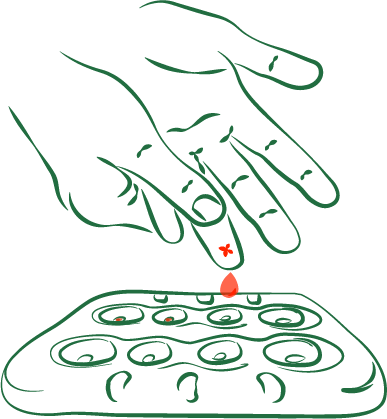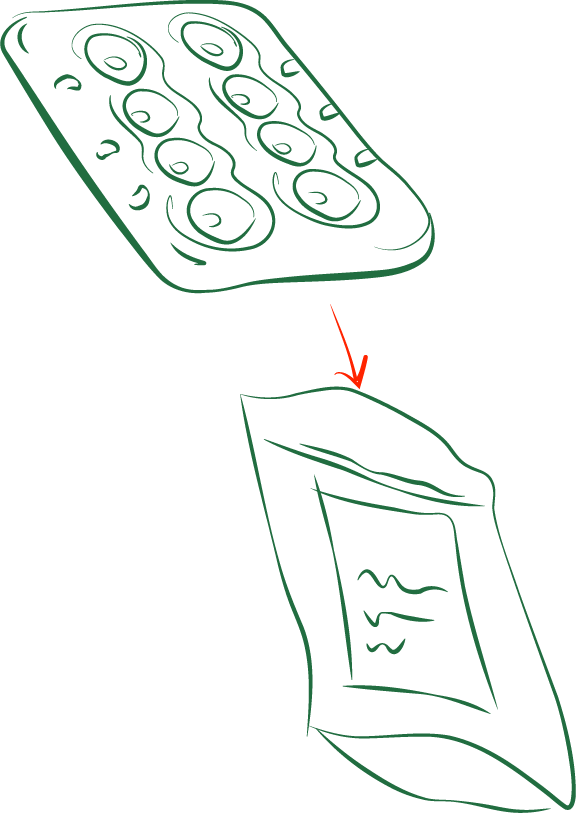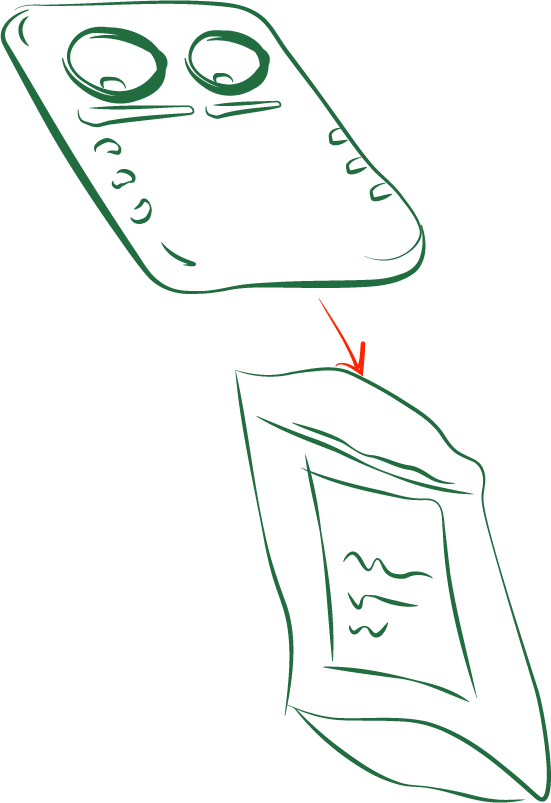Double the sample volume, double the diagnostic potential
- reliable dried blood spots collection.

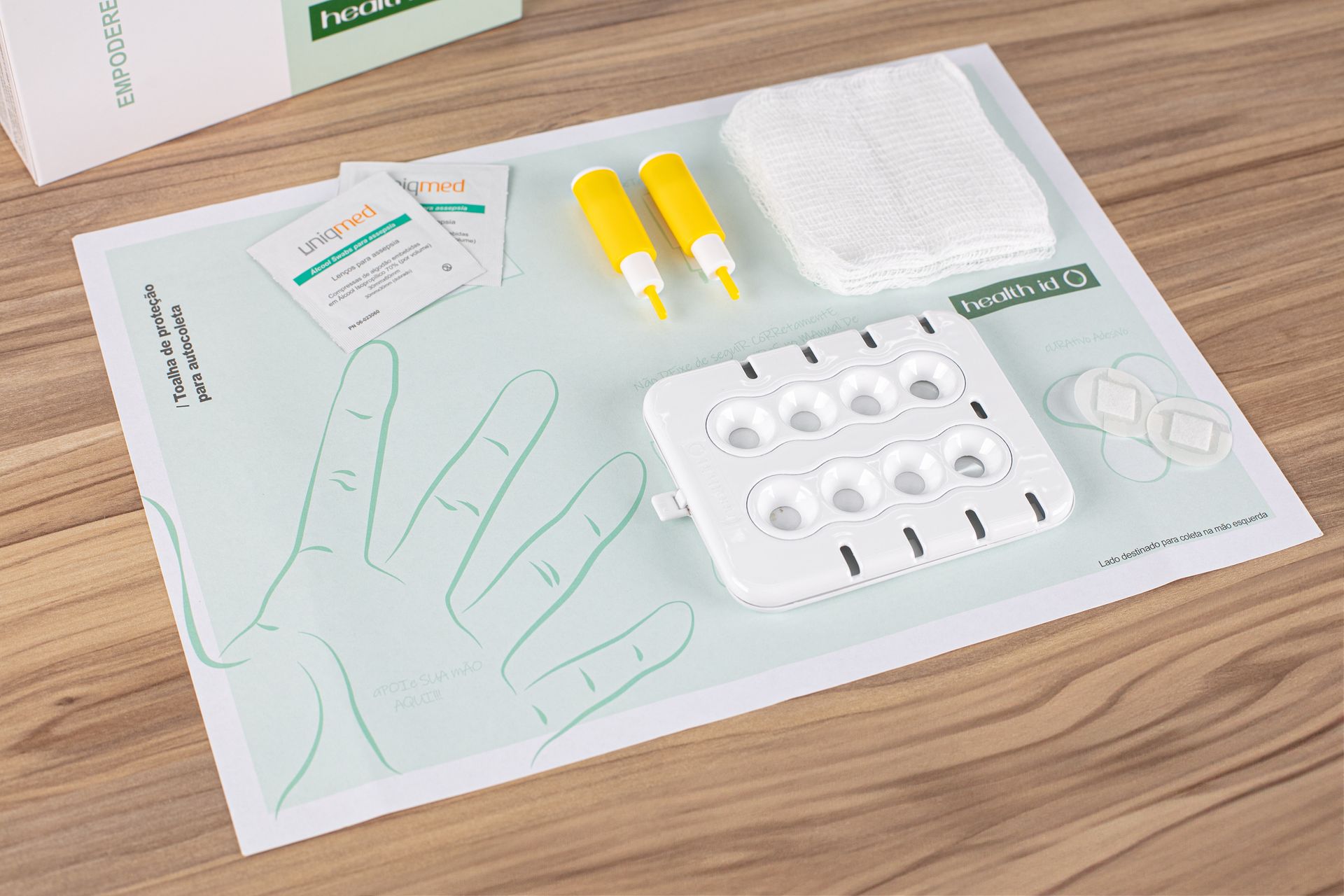
Health ID DBS DUO
The Health ID DBS DUO doubles the sample capacity of the Health ID DBS, enabling the processing of a higher number of tests. Designed for the collection of eight dried blood spots, this device expands the diagnostic possibilities of capillary blood collection. Key features include a secure and compact design, cellulose substrate protection from contaminations, and moisture-controlled packaging to maintain sample integrity.
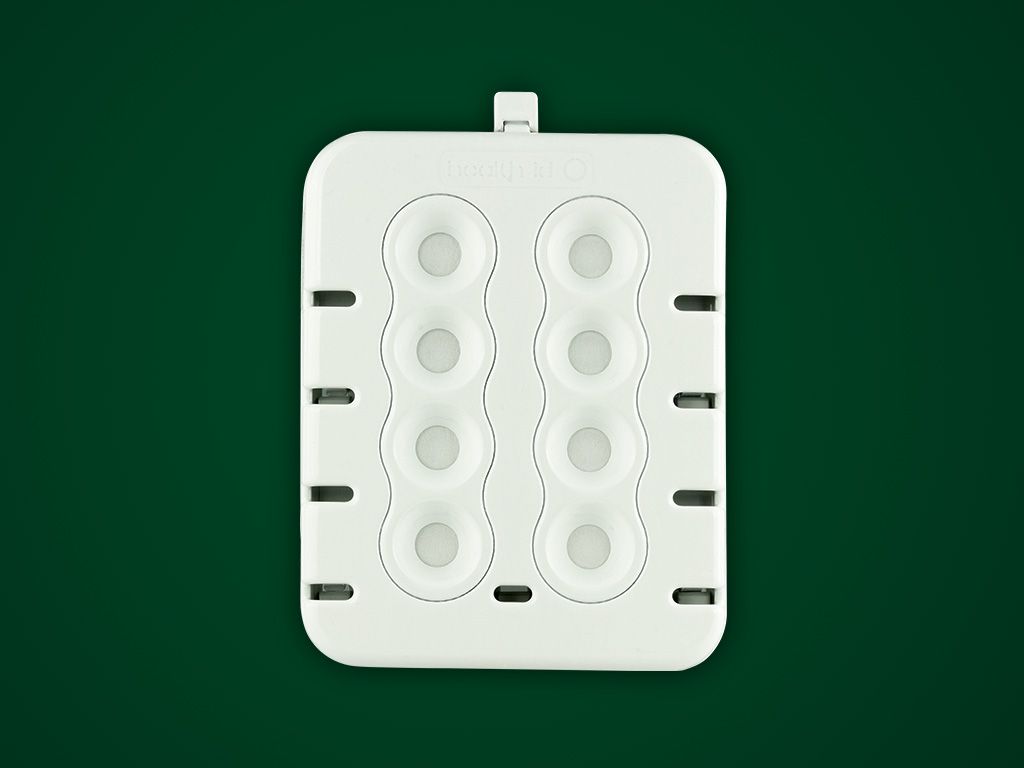
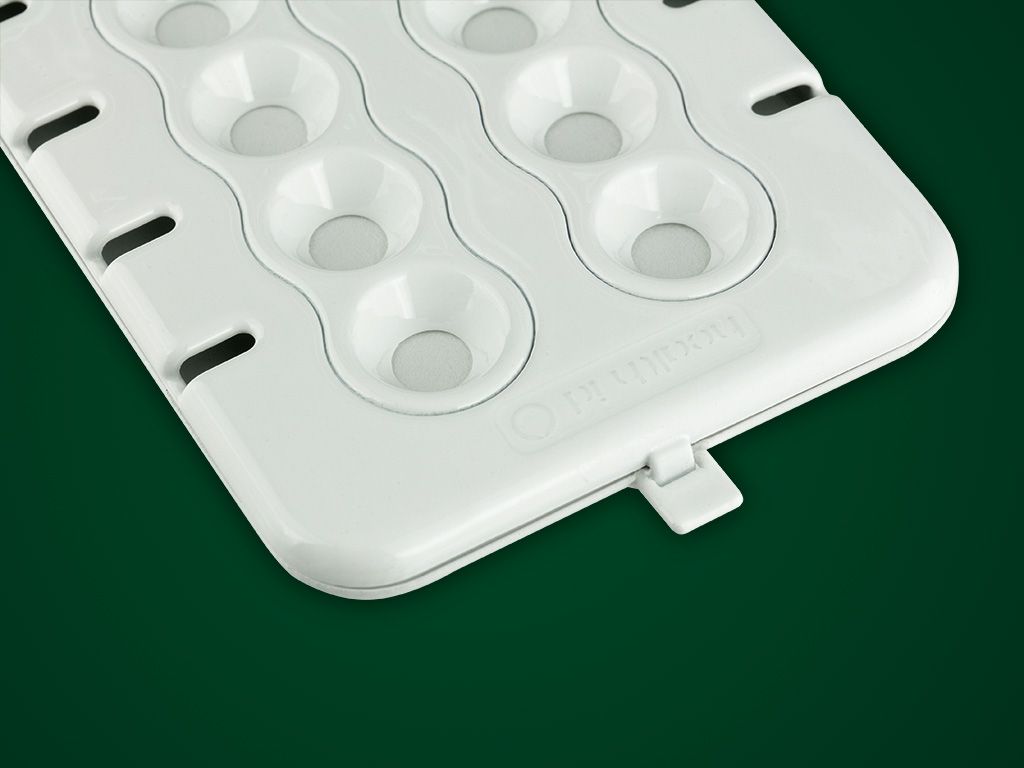
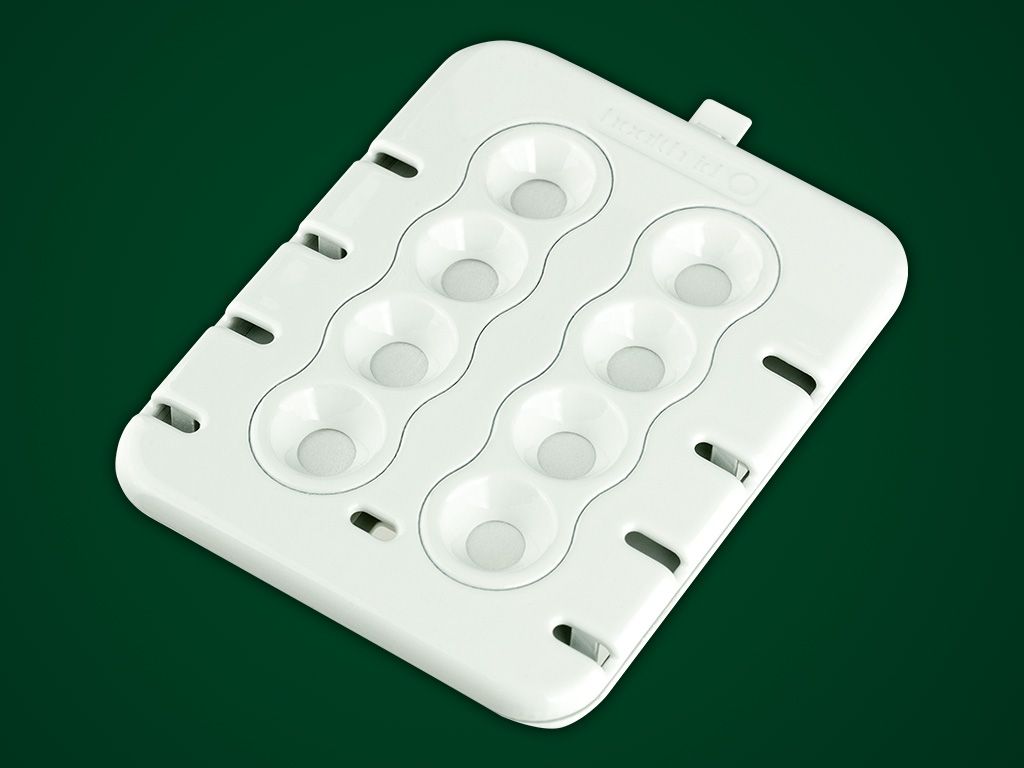
Microsampling device
8 Drops of blood
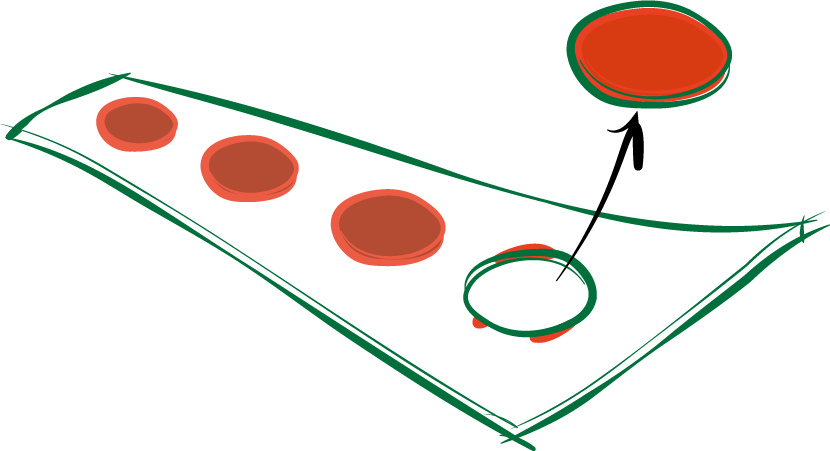
Research Use Only (RUO)
Stability for at least 14 days
Shelf life: 36 months
Class I Medical Device

Non-Biohazardous
Need to Know
-
How does the collection process work?
Effortless, painless, and done in the comfort of your home. With a quick finger prick, simply add a few drops of blood to the device. The sample dries within minutes and is then sealed in a secure pouch, ready to be shipped to the lab for analysis.
-
Is self-collection possible?
Yes, it is. The procedure is designed to be user-friendly, requiring only a quick fingerstick to extract a few drops of blood. Afterward, just pack the device in the transport pouch and send it off. No special storage or complex shipping logistics are needed.
-
Is specialized logistics required to send the sample?
No, specialized logistics are not necessary. After collection, the sample dries within the device, with desiccants and oxygen scrubbers ensuring long term stability. The device desing minimizes contamination risks and enables safe shipping using standard transportation methods.
-
What situations are best suited for capillary blood collection?
Capillary blood collection opens new horizons by tapping into unexplored markets that traditional methods haven’t fully reached. This approach brings unique advantages: high patient engagement and a more comfortable, user-friendly experience.
Ideal for large populations, capillary collection simplifies processes with minimal logistical and specialized site requirements, making it perfect for population screening. Laboratories can create a new “at-home lab test” experience by sending collection kits directly to patients, allowing for sample collection from the comfort of home.
Capillary collection is also excellent for clinical trials and prescreening, providing scalability and speed through decentralized, at-home sampling. For patients with challenges using traditional methods—such as children and the elderly—this minimally invasive method offers a gentler alternative.
Additionally, it’s suited for occupational health, allowing sample collection directly within companies, removing the need for employees to travel to collection sites. Health insurance providers can also benefit, using capillary collection for onboarding new beneficiaries to gain a comprehensive health profile right after enrollment.
These advantages make capillary blood collection an innovative solution for a range of markets, each benefitting from its simplicity, efficiency, and patient-centered design.
Publications & News
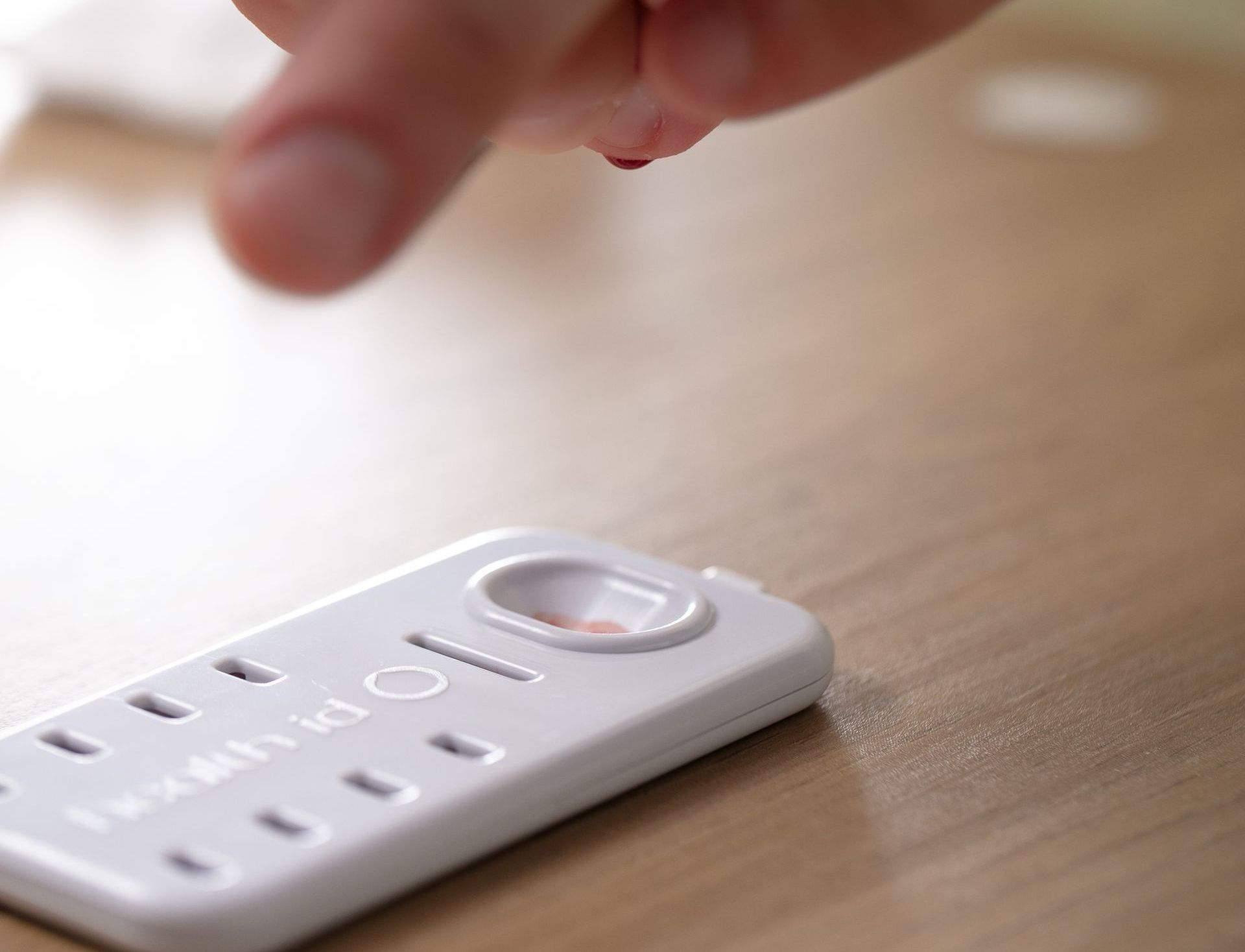
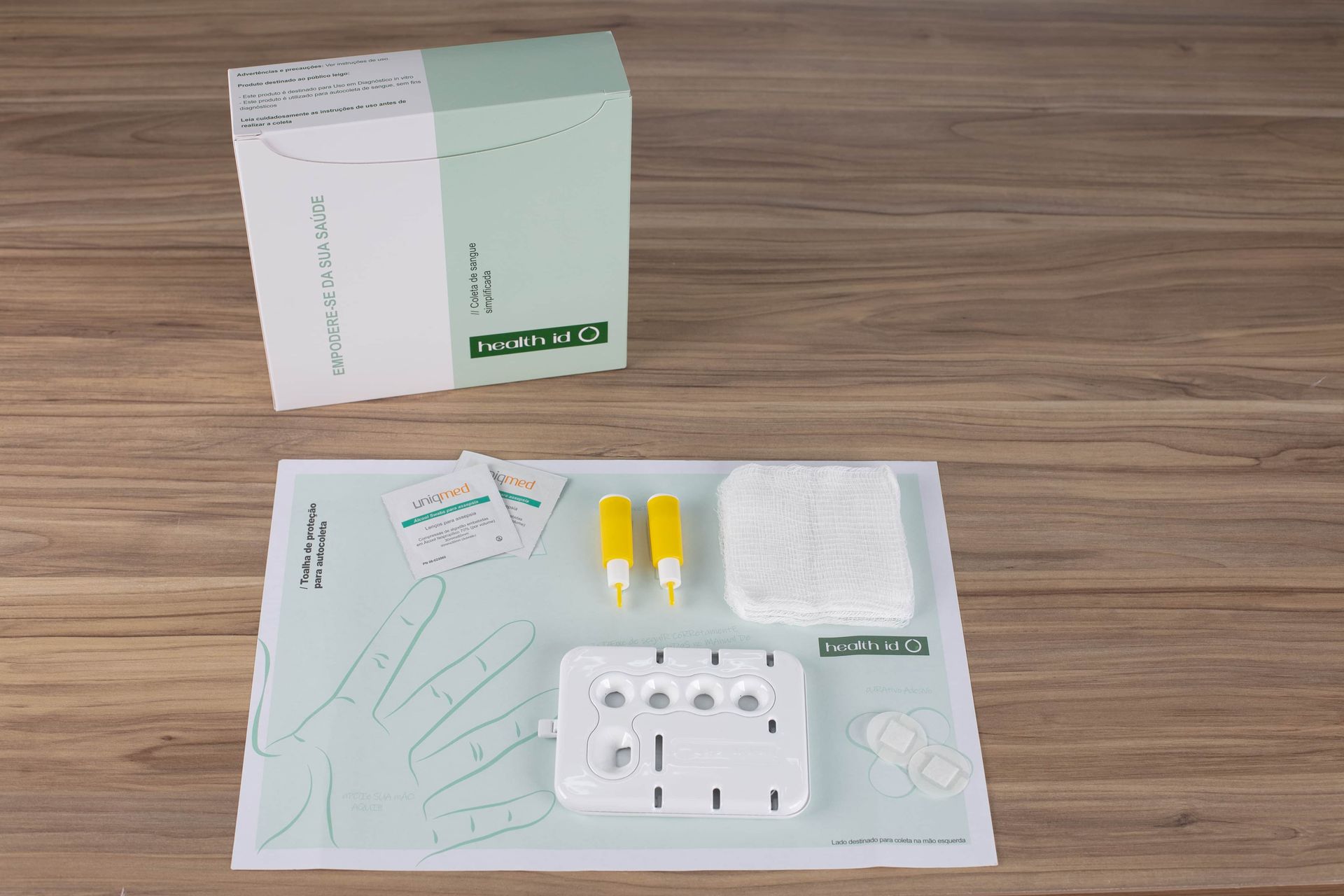
Our Mission at Health ID: Access for All
Health ID is reshaping blood collection, making the experience simpler and accessible for all.
Devices
Company
Subscribe for our monthly updates
What device are you interested in?
Assine a newsletter
Thank you for contacting us. We will get back to you as soon as possible.



